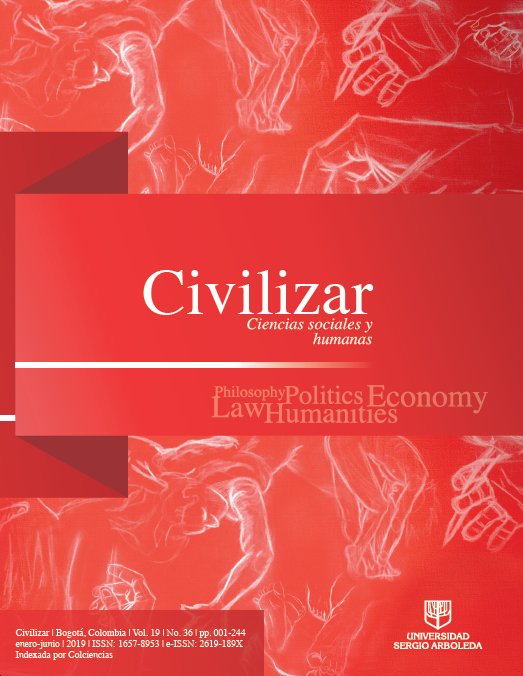Abstract
This article relates to the investigation Trazos de vida urbana en la ciudad de Manizales años 1920-30 (Traces of urban life in the Colombian city of Manizales between 1920 and 1930). Here we refer to the urban ornament as a strategic purpose of redesigning the city according to civilizing and progress canons inherent in modernity and, in that case, the new social classes. Europe was the referent to adopt no only the republican architecture but also to modify the urban layout and a new way of inhabiting the city. In the 1920s, Manizales did not escape these processes, but events such as the fires, the attitude of the social agents and the fascistic forms made them worthy of particular attention. The method utilized based on urban cultural history with contributions from Almandoz, Romero and Uribe.

This work is licensed under a Creative Commons Attribution-NonCommercial-NoDerivatives 4.0 International License.
Copyright (c) 2019 Journal Civilizar: Social and Human Sciences


